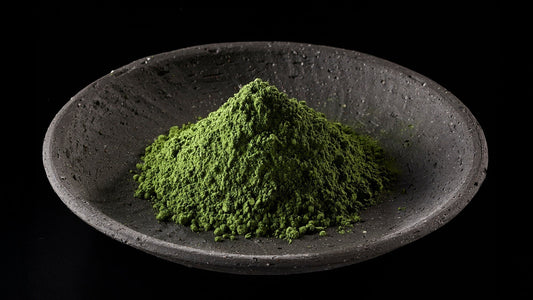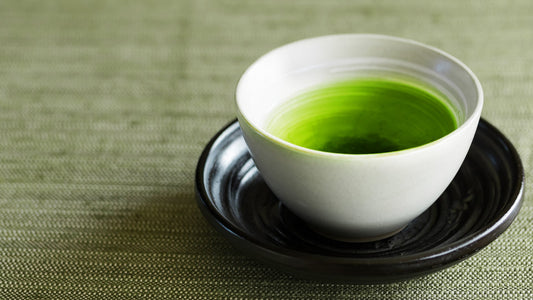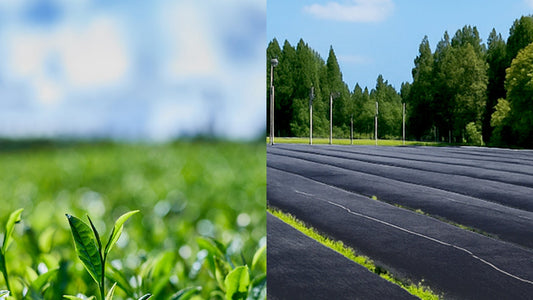The “delicious Japanese tea” you believed in may not be an agricultural product at all, but rather a “chemical industrial” product.
With harsh pesticides and chemical fertilizers, the “ideal taste” can be reproduced easily.
Umami, sweetness, and vivid green color are often valued as the main characteristics of tea leaves. In reality, they can be freely manipulated depending on how chemical fertilizers are used.
Top 3 Chemical Fertilizers for Creating Umami, Sweetness, and Color

1. Nitrogen Fertilizer
Used to increase the umami component theanine in green tea. Applied just before new shoots appear to intensify umami.
2. Potassium Sulfate
Improves the gloss and firmness of the leaves, enhances vivid green color, and draws out sweetness.
3. Ammonium Phosphate
Strengthens root development, resulting in tea leaves rich in theanine.
This fertilizer is banned in organic farming. Excess intake has been linked to negative effects on the digestive and respiratory systems.
These are only a few examples. Such practices turn tea leaves from a gift of nature into chemically engineered products.
The Vicious Cycle of Harsh Chemicals and Pesticides
Excessive use of chemical fertilizers makes tea leaves softer and weaker than necessary, increasing pest damage.
As a result, more pesticides must be applied, which causes a never-ending cycle of chemicals.
In the past, farmers had to reapply pesticides after every rainfall. Today, they are formulated to stick to the leaves, so they no longer wash away with rain. But is that really an improvement? Let’s look at what pesticides are actually being used.
Top 3 Pesticides Sprayed on Japanese Tea (2–5 times per year)

1. Organophosphate Insecticides
Effective against many types of pests, making them one of the most frequently used pesticides, especially around the first flush harvest.
Impact on humans and animals: Inhalation can cause nausea, dizziness, or poisoning. Highly toxic to animals, and it is banned in some EU countries.
2. Chlorine-based Insecticides
Used to prevent common tea plant diseases.
Impact on humans and animals: This pesticide is highly toxic to fish and amphibians, so its release into rivers is prohibited. In the U.S., it is classified as potentially carcinogenic and strictly regulated.
3. Neonicotinoid Insecticides
Target specific pests effectively with long-lasting results. Recently, they have become mainstream pesticides.
Impact on humans and animals: Concerns about effects on the nervous and developmental systems. Risks to bees and small animals. In the EU, regulations are tightening, and some countries have already banned its use.
Although pesticide use is subject to national standards, in practice the responsibility lies with the individual farmer.
When consuming tea leaves in whole, such as matcha or hand-rolled tea, we strongly recommend choosing organic.
Deep in the Mountains: PHENIMAX’s 100% Organic, Pesticide-Free Japanese Tea

PHENIMAX’s 100% organic, pesticide-free tea is cultivated in remote mountain fields, far from residential areas.
The sound of birds fills the clear air, as butterflies and insects dance in an environment full of life.

All our fields are located at elevations above 300m, surrounded by no other farms or homes. This means no pesticide drift or soil contamination from neighboring farms, making them ideal for organic cultivation.
Only fertilizers made from ingredients safe enough for human consumption are used. This is the purest and most natural way to cultivate tea, allowing the soil and microorganisms to thrive and reach their full potential.
Soils degraded by chemicals become rugged and compact.

By contrast, PHENIMAX’s organic fields have soft, healthy soil where tea bushes can spread their roots freely and grow strong, showing that they are being cared for and cultivated 100% organically.
For details on each of our tea fields, please see below.










